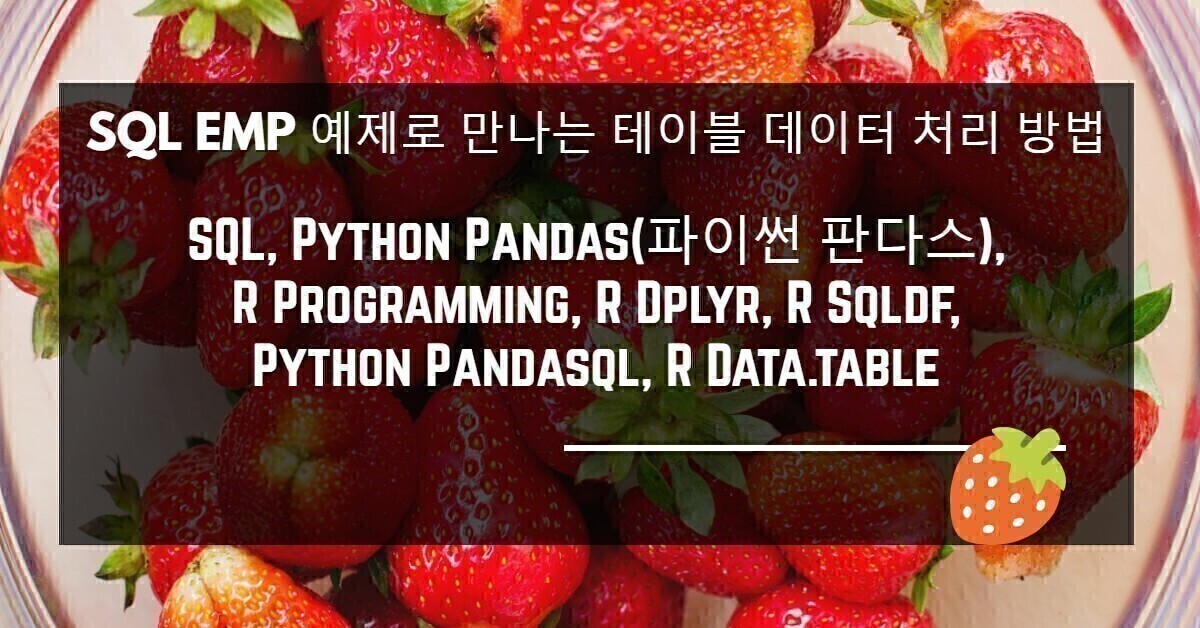포스팅 목차

* 출처 : SAS and R: Data Management, Statistical Analysis, and Graphics
Example 8.14: generating standardized regression coefficients
Standardized (or beta) coefficients from a linear regression model are the parameter estimates obtained when the predictors and outcomes have been standardized to have variance = 1. Alternatively, the regression model can be fit and then standardized post-hoc based on the appropriate standard deviations. The parameters are thus interpreted as change in the outcome, in standard deviations, per standard deviation change in the predictors. However they're calculated, standardized coefficients facilitate an assessment of which variables have the greatest association with the outcome (or response) variable, though such an assessment ignores the confidence limits associated with each pairwise association.
It's straightforward to calculate these quantities in SAS and R. We'll demonstrate with data from the HELP study, modeling PCS as a function of MCS and homelessness among female subjects.
SAS
In SAS, standardized coefficients are available as the stb option for the model statement in proc reg.
R
In R we demonstrate the use of the lm.beta() function in the QuantPsyc package (due to Thomas D. Fletcher of State Farm). The function is short and sweet, and takes a linear model object as argument:
Here we apply the function to data from the HELP study.
The results, in terms of unstandardized regression parameters are the same as in SAS:
To generate the standardized parameter estimates, we use the lm.beta() function.
This generates the following output:
A change in 1 standard deviation of MCS has more than twice the impact on PCS than a 1 standard deviation change in the HOMELESS variable. This example points up another potential weakness of standardized regression coefficients, however, in that the homeless variable can take on values of 0 or 1, and a 1 standard deviation change is hard to interpret.
It's straightforward to calculate these quantities in SAS and R. We'll demonstrate with data from the HELP study, modeling PCS as a function of MCS and homelessness among female subjects.
SAS
In SAS, standardized coefficients are available as the stb option for the model statement in proc reg.
proc reg data="c:\book\help";
where female eq 1;
model pcs = mcs homeless / stb;
run;
The REG Procedure
Model: MODEL1
Dependent Variable: PCS
Parameter Estimates
Parameter Standard
Variable DF Estimate Error t Value Pr > |t|
Intercept 1 39.62619 2.49830 15.86 <.0001
MCS 1 0.21945 0.07644 2.87 0.0050
HOMELESS 1 -2.56907 1.95079 -1.32 0.1908
Parameter Estimates
Standardized
Variable DF Estimate
Intercept 1 0
MCS 1 0.26919
HOMELESS 1 -0.12348
R
In R we demonstrate the use of the lm.beta() function in the QuantPsyc package (due to Thomas D. Fletcher of State Farm). The function is short and sweet, and takes a linear model object as argument:
>lm.beta
function (MOD)
{
b <- summary(MOD)$coef[-1, 1]
sx <- sd(MOD$model[-1])
sy <- sd(MOD$model[1])
beta <- b * sx/sy
return(beta)
}
Here we apply the function to data from the HELP study.
ds = read.csv("http://www.math.smith.edu/r/data/help.csv")
female = subset(ds, female==1)
lm1 = lm(pcs ~ mcs + homeless, data=female)
The results, in terms of unstandardized regression parameters are the same as in SAS:
> summary(lm1)
Call:
lm(formula = pcs ~ mcs + homeless, data = female)
Residuals:
Min 1Q Median 3Q Max
-28.163 -5.821 -1.017 6.775 29.979
Coefficients:
Estimate Std. Error t value Pr(>|t|)
(Intercept) 39.62619 2.49830 15.861 < 2e-16 ***
mcs 0.21945 0.07644 2.871 0.00496 **
homeless -2.56907 1.95079 -1.317 0.19075
---
Signif. codes: 0 ‘***’ 0.001 ‘**’ 0.01 ‘*’ 0.05 ‘.’ 0.1 ‘ ’ 1
Residual standard error: 9.761 on 104 degrees of freedom
Multiple R-squared: 0.0862, Adjusted R-squared: 0.06862
F-statistic: 4.905 on 2 and 104 DF, p-value: 0.009212
To generate the standardized parameter estimates, we use the lm.beta() function.
library(QuantPsyc)
lm.beta(lm1)
This generates the following output:
mcs homeless
0.2691888 -0.1234776
A change in 1 standard deviation of MCS has more than twice the impact on PCS than a 1 standard deviation change in the HOMELESS variable. This example points up another potential weakness of standardized regression coefficients, however, in that the homeless variable can take on values of 0 or 1, and a 1 standard deviation change is hard to interpret.
반응형
'SAS' 카테고리의 다른 글
| [관측치] 데이터 세트에서 마지막 관측치 N개 출력... (0) | 2018.11.19 |
|---|---|
| [SAS 단축키] SAS 확장편집기 단축키 (0) | 2018.11.18 |
| [tranwrd] 불필요 변수 처리 방안 ( 단어 삭제 ) (0) | 2018.10.30 |
| [Re-scaling] 관측치 범위 재조정 / 표준화 / 정규... (0) | 2018.10.30 |
| [스케쥴] SAS 스케쥴 작업 사용하기 (0) | 2018.10.30 |




댓글